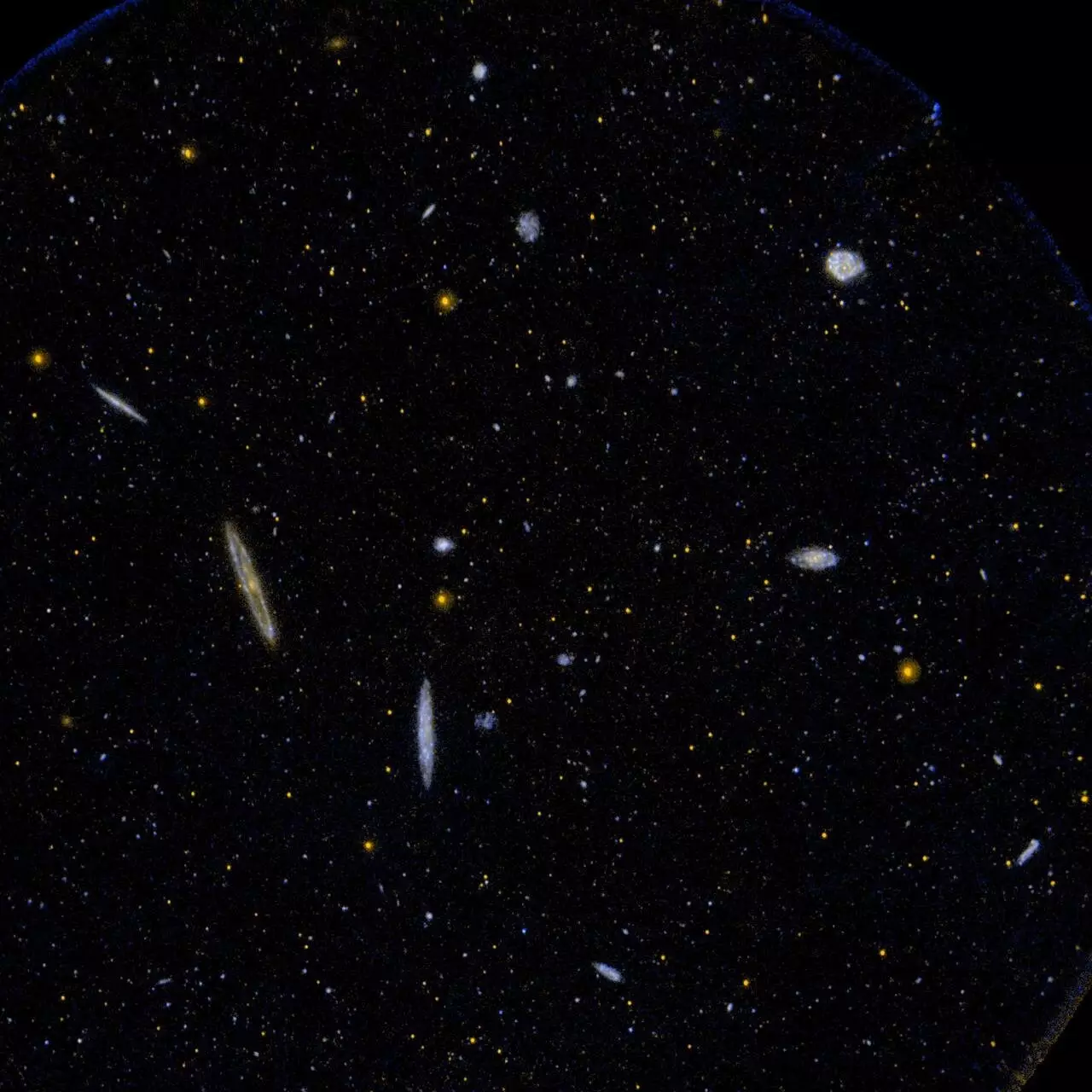Recent research conducted by Southern Methodist University (SMU) in collaboration with three other institutions has brought to light unexpected findings that question our existing understanding of the universe’s formation. This critical discovery not only challenges established physics but also paves the way for potentially revising what is taught in academic physics programs globally. Scientists are now confronted with a pivotal question: Do we need to expand our scientific frameworks, or are there unexplained phenomena lurking within our current model?
At the core of this revelation lies the Dark Energy Spectroscopic Instrument (DESI), which is tasked with creating a comprehensive three-dimensional map of the universe. By combining DESI’s cutting-edge data with existing observations, including insights derived from the cosmic microwave background—the remnant radiation from the Big Bang—the researchers were able to obtain unprecedented measurements regarding the mass of neutrinos, one of the universe’s most enigmatic particles. Joel Meyers, an associate professor at SMU, emphasized the significance of the findings: “The most precise data we’ve seen so far hints at something unexpected, necessitating a deeper investigation into its implications.”
Neutrinos constitute one of the universe’s fundamental building blocks, yet their properties remain shrouded in mystery. As particles with minimal mass and no electric charge, they rarely interact with other matter, making their study particularly challenging. However, understanding their mass scale is essential for furthering our knowledge of how matter has evolved and clustered throughout the 13.8 billion years of cosmic expansion.
Traditionally, cosmologists believed that massive neutrinos acted to suppress the clustering of matter in the universe—an essential aspect that has influenced the development of large-scale structures such as galaxy clusters. This expectation was rooted in the Standard Model of particle physics, which has served as the foundational framework for understanding subatomic interactions. Nevertheless, according to Meyers and his colleagues, the latest data indicates a counterintuitive trend: rather than suppressing, neutrinos may actually enhance matter clustering.
“What’s truly remarkable,” Meyers observed, “is that the data suggests a more compact formation of matter than we anticipated.” This deviation invites speculation: Are current measurements flawed, or do we need to consider new physics that has yet to be factored into the Standard Model? The implications of such findings could be profound, forcing us to reevaluate our understanding of both particle physics and cosmology.
As researchers delve into the ramifications of these findings, they are not discarding the Standard Model outright—instead, they are contemplating modifications. Discussions have emerged about the introduction of new theoretical constructs, alongside potential systematic errors in existing measurements. With the stakes this high, a thorough reassessment of prior assumptions is not just advisable; it’s imperative for the progression of cosmology.
The ongoing pursuit of understanding, which connects neutrinos and their behavior to the broader cosmic landscape, reflects a spirit of scientific inquiry that embraces uncertainty. This latest study acts as a catalyst for future research, proposing a need for expanded theories that could address emerging discrepancies in our understanding of the universe.
While it may take years for researchers to reach a consensus about the implications of this groundbreaking study, it undeniably points towards a future where established physics may undergo significant reevaluation. As we stand on the brink of a potential paradigm shift, physicists, and cosmologists alike must remain open to the possibility that our current understanding of the universe may only be scratching the surface.
Ultimately, these revelations encourage a culture of inquiry, a reexamination of quintessential theories, and above all, an acknowledgment that there is still much we do not know about the cosmos. In this uncharted territory lies the promise of new discoveries that could fundamentally alter the framework of physics as we understand it today. A new chapter in our journey to decode the fabric of the universe is unfolding, one surprising finding at a time.

